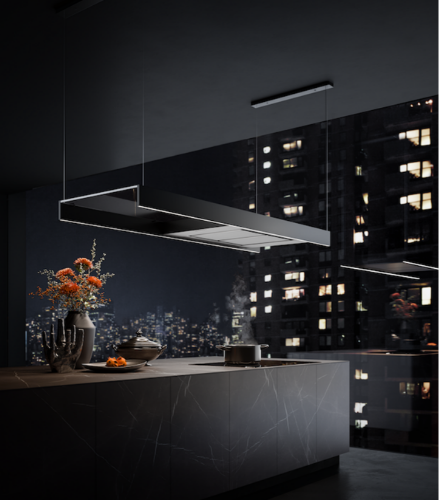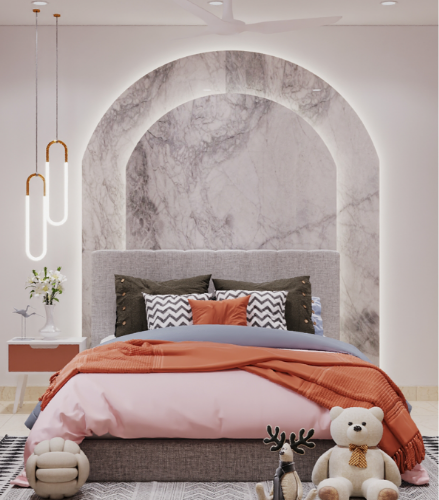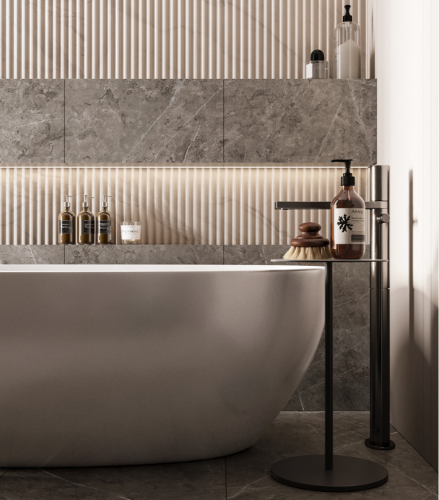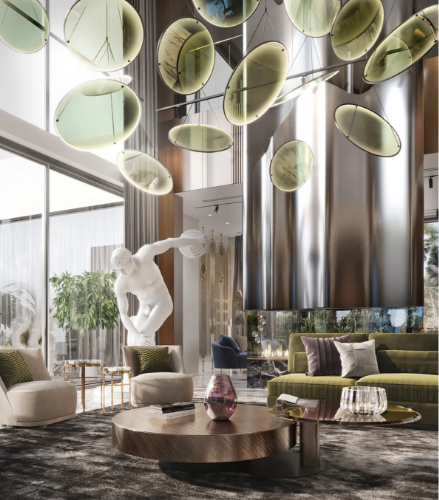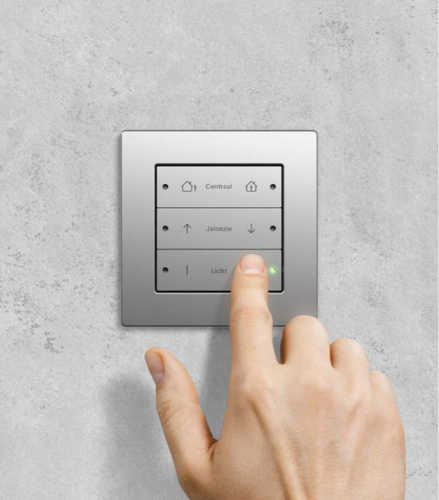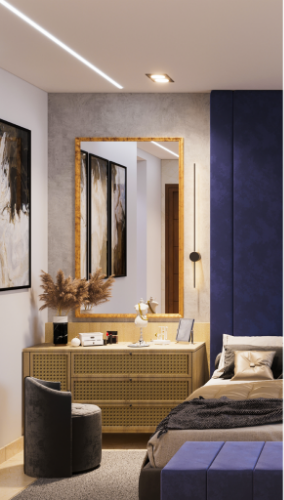Today, we employ more than just lighting to chase away the shadows. The importance of mood and design has grown over time. As a result, the lighting design must be both functionally and aesthetically pleasing. A unique lamp design is impressive, but it’s not the only option. Your interior and the atmosphere in the space are greatly influenced by light, or more precisely, by the colour temperature of the light. It affects not only the appearance of a space but also how people feel while using it. The warm or cool light placement has a big impact on how you feel.
An interior designer should be knowledgeable in using light to highlight and generate a mood in a space. The types of lighting fixtures and bulbs used, as well as the relative colour temperature of the light emitted, are important factors that interior designers modify when designing a space. Understanding the colour temperature scale is helpful since lights emit a spectrum of colours from warm to cool.

The Colour Temperature
The technique to gauge the colour of visible light is by colour temperature. Degrees Kelvin is the unit used to express colour temperature. Imagine a piece of metal being extended into a fire to better comprehend colour temperature. Depending on how long it is held in the fire and how hot it becomes, the metal’s colour will change. As the metal heats up, it will change colours from red to warm white to blue. From one end of the colour temperature scale to the other, this is also the typical spectrum of hues.
Measurement units for the colour of a light source are part of the kelvin scale. The Kelvin scale measures how closely an object may be compared to intense sunshine. The whiter or bluer a light appears, generally speaking, the greater the temperature on the Kelvin scale. The light seems more yellow and red the lower the number.
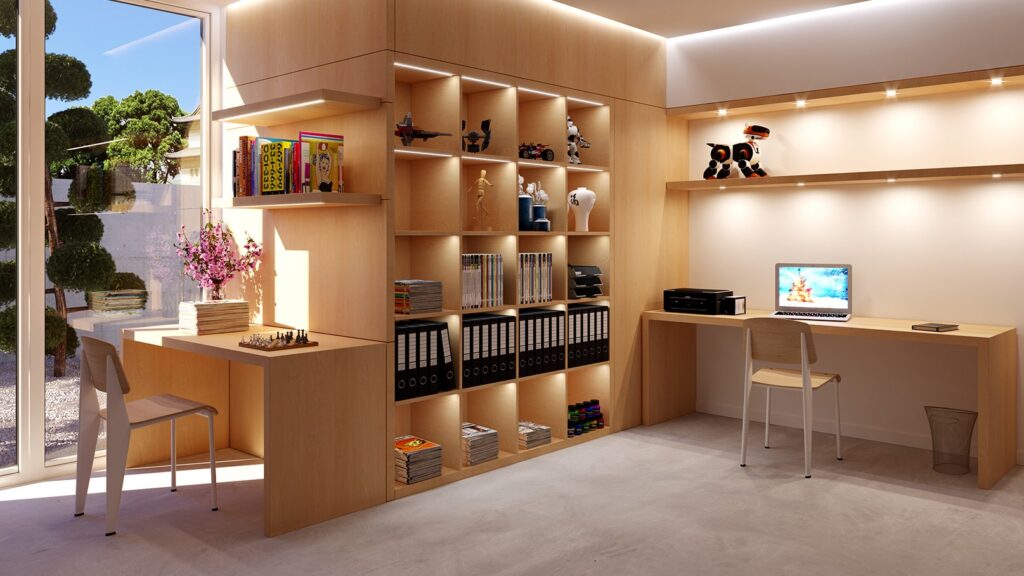
Where to use what light
Your light’s colour temperature should be selected based on where and why you need it. This can be decided upon while designing the lights.
For instance, warm light with a colour temperature of 2700–3000k is excellent for your home. You and your family may unwind in a warm, welcoming atmosphere thanks to the nearly yellow glow. However, for productivity, this is not the best option for lighting. Because warm light produces so much contrast, your eyes have to work hard to adjust, which is tiring. Aertsen advises adopting cooler lighting between 3500 and 5500k for offices and other working spaces.

Colour Temperature’s effect on interiors
You must take the finishes and colour scheme utilised in your interior design into account when deciding on the colour temperature of your room. When lit by warm white light, reds, oranges, and yellows appear magnificent (3000k). However, under cool white light, blues and grey might appear clear and crisp (4000k).
The kitchen and bathroom are two spaces where functionality is crucial. This is possible if there is an abundance of cool light that resembles natural daylight. Additionally, since kitchens and bathrooms are frequently white, a clean and antiseptic atmosphere can be created by using cold light.
In a room, different colour temperatures should not be blended. Stick with the same colour temperature bulbs once you’ve decided on the appearance and feel you want to achieve and what is necessary for maximum functionality.
Here are some more ways in which the light temperature affects your house interiors:
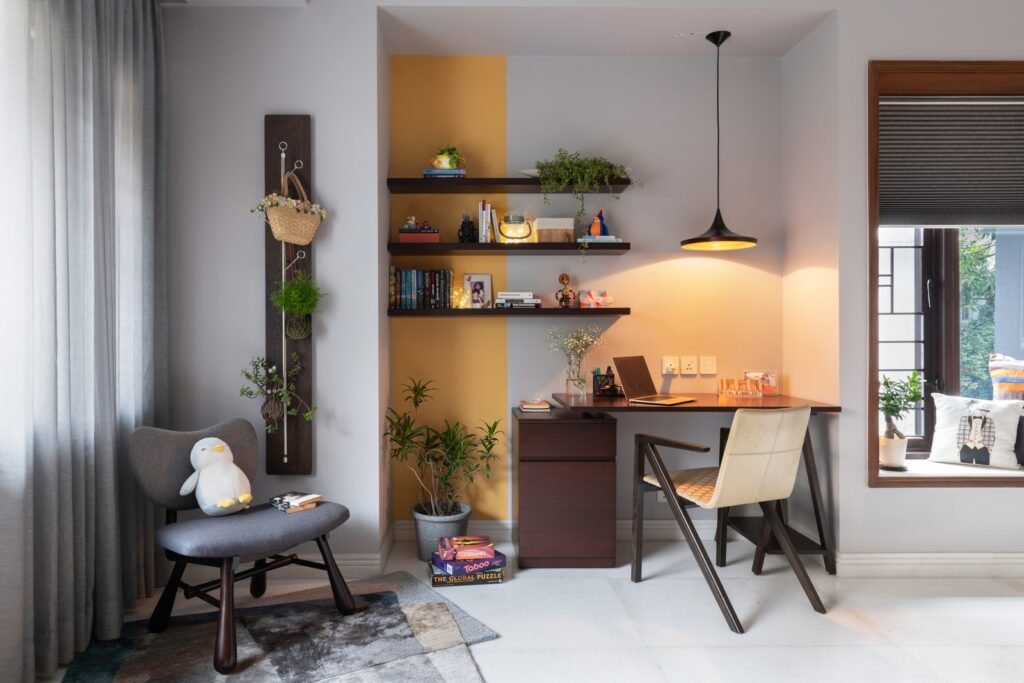
- Altered colour scheme: As they experiment with different methods to light an existing colour scheme in a room, interior designers frequently play around with the lighting temperature scale. For instance, lighting with colder colour temperatures may drastically change how a room looks when painted in warmer colours.
- Mood shifter: Setting the ambience in a space can be greatly influenced by colour temperature. A romantic restaurant might prefer candlelight to the harsh glare of a fluorescent light bulb, for example.
- Highlighter: People might be drawn to different elements in an interior design scheme by experimenting with various lighting sources and colour temperatures throughout a room or home.
We, at Aertsen, take great pride in mastering the skill to play with colour temperature to highlight every corner of your house.

